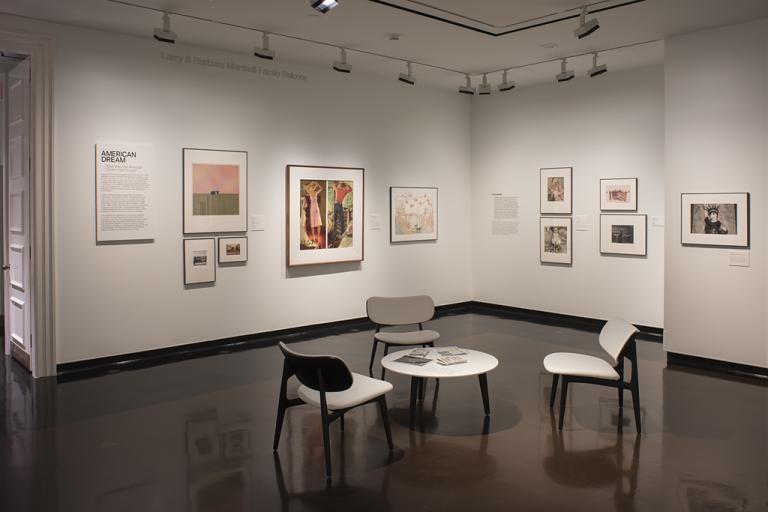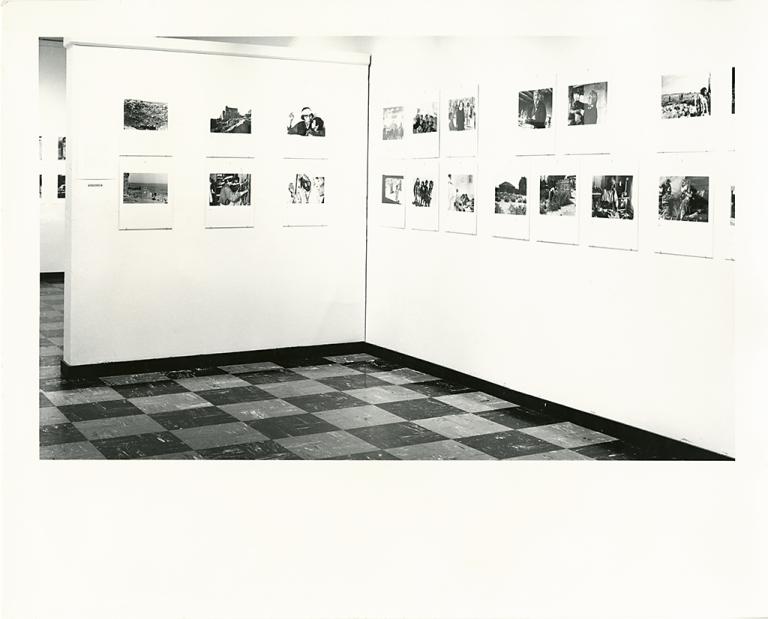Madera, California, 1967-69, A new arrival for "acculturation" and "relocation", Marion Palfi
Artwork Overview
Marion Palfi, artist
1907–1978
Madera, California, 1967-69, A new arrival for "acculturation" and "relocation",
1967–1969
Portfolio/Series title: ...First I Liked the Whites, I Gave Them Fruits...
Where object was made: United States
Material/technique: gelatin silver print
Dimensions:
Image Dimensions Height/Width (Height x Width): 34.5 x 24.7 cm
Image Dimensions Height/Width (Height x Width): 13 9/16 x 9 3/4 in
Mat Dimensions (Height x Width): 25 x 20 in
Image Dimensions Height/Width (Height x Width): 34.5 x 24.7 cm
Image Dimensions Height/Width (Height x Width): 13 9/16 x 9 3/4 in
Mat Dimensions (Height x Width): 25 x 20 in
Credit line: Gift of Marion Palfi
Accession number: 1973.0187
Not on display
If you wish to reproduce this image, please submit an image request








